The many pool filter settings on a multiport valve of a swimming pool sand filter can be pretty confusing when you first get a pool. But, like most things, it is pretty simple once you know. You will soon understand what all of the pool filter valve positions mean.
There usually are six different pool sand filter settings on a multiport valve (MPV), which are:
- Filter
- Backwash
- Waste
- Rinse
- Recirculate
- Closed
Some valves also have an additional 7th position, which is Winterize.
In turn, I will go through what all the pool filter valve positions mean and explain what each does.


Pool filter valve positions
The valve position names are normally standard so that the Hayward pool filter settings will be the same as those on an Astrapool or any other make.
Filter Setting
The filter setting is used to filter the pool water through the sand. It is the position your pool filter valve will spend most of its life in. It is mostly used when the pump runs on your timer to keep the water in the pool clean by flowing through the filter media.
The filter setting is also the normal pool filtration setting you will use the most when vacuuming your pool. Whenever the dirt levels are not too high, you can let the filter remove it and then backwash to eject it from the system.
My article “How to clean dirt from the bottom of a pool” explains this process fully in a step-by-step guide.
When the multiport valve handle is on the filter setting and the pump is running, water is drawn into the system through the skimmers and bottom drain (if you have one).
It will then pass through the debris filter basket on the inlet side of the pump so that any large pieces of dirt, such as leaves, will be removed before passing through the pump, as they could cause damage.
The water then travels through the pump and into the top of the sand filter. Here, the magic happens. The water passes through the sand, trapping small dust particles and other dirt.
When the water reaches the bottom of the filter, it returns to the pool as clean water through the inlet jets, waterfall or whatever other similar feature you may have.
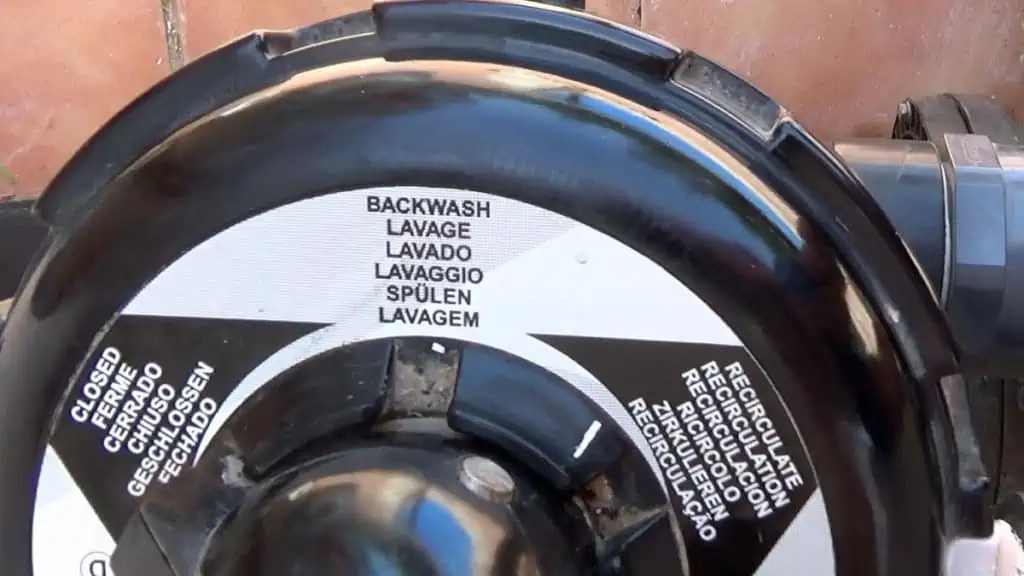
Backwash setting
You use the backwash setting to clean the sand in the filter, often immediately after you vacuum the pool or when the pressure on the pressure gauge is high.
The backwash setting will be the second most frequently used multiport valve position after the filter setting.
It works by the pool water being redirected the reverse way through the sand filter.
After leaving the pump, the water enters the bottom of the filter and travels up through the sand, dislodging dirt and debris as it goes. The water containing the debris then goes to the waste pipework and out of the system.
My article “How to backwash a pool—step by step” provides a full guide to backwashing.
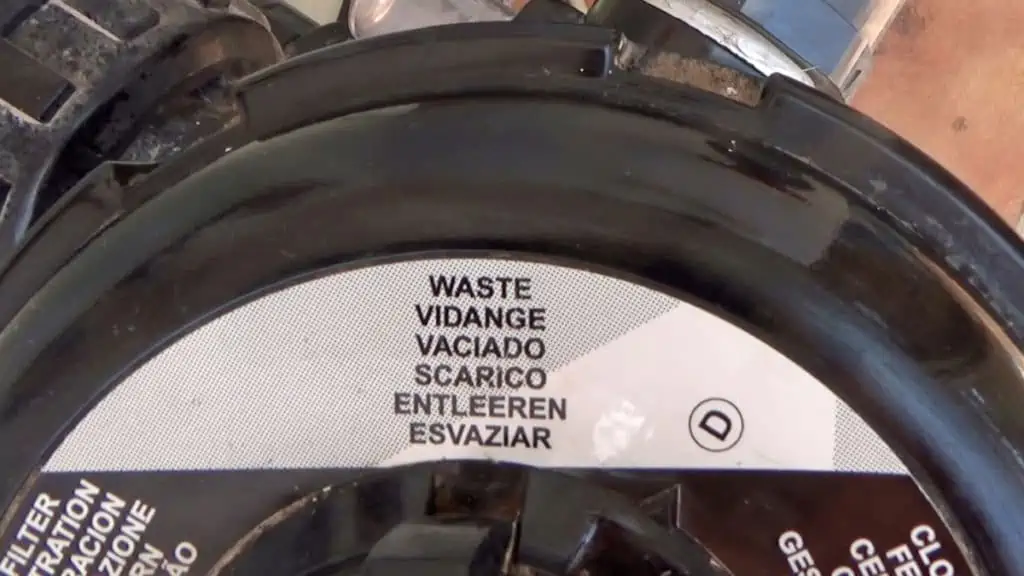
Waste setting
Many people seem confused about what the waste setting on a pool filter is used for.
The waste setting on the pool filter is used in the following three situations:
- When you wish to reduce the amount of water in the pool, perhaps after heavy rain or even to empty the pool fully.
- When your pool is very dirty, you should vacuum on the waste setting so the dirt goes straight out of the system without passing through the filter. That way it doesn’t clog up the filter.
- If you have a heavy infestation of algae, the tiny particles often won’t get trapped in the filter and go straight back into the pool. Vacuuming on waste means it will be ejected from the waste pipe and will not reenter the pool.
In the pool filter waste setting, pool water is drawn into the system and then passed through the debris filter basket on the inlet side of the pump. From there, it is expelled from the system without passing through the filter via the waste pipe.
Where the waste water goes depends on your system. It will either be sent straight into the sewer system or out into your yard/garden, often through a roll-out waste hose so you can direct the water to an area of the garden you want.
Sometimes Waste is labeled as “Pump to Waste” on some multiport valves.
This is my video showing how to vacuum to waste:

Rinse setting
What rinse does on a pool filter is probably the most misunderstood setting.
The pool filter rinse setting is used after backwashing the sand filter. It cleans the sand or other filter medium in the filter housing and resets it.
In the rinse position, the water travels in the normal direction through the sand and can remove a few remaining particles of dirt, but its main function is to settle the sand filter bed back down so that the filter can work.
You normally run the pool pump for 30 seconds to one minute on the rinse setting.
When on the rinse setting, pool water passes through the sand filter and goes to waste, not back into the swimming pool.
If you don’t use the rinse setting after backwashing the sand filter, then when you restart the filter position, you will likely briefly get a cloud of dirty water out of your return jets while the sand settles down again.

Closed setting
The closed setting shuts off all water flow. It can be used for the following two reasons:
- If your pool will not be used for some time, perhaps if it is empty or during the winter.
- When you want to empty the strainer basket that traps leaves, etc, before the water enters the pump.
To do this you close the valves from the skimmers and other inlets and then set the valve to closed. You can then remove the see-through lid from the basket housing and empty it without air running back through the system, which could give an airlock, something you want to avoid.
Once you have emptied the strainer basket and you have replaced it and screwed on the lid then the valves can be opened.

Recirculate setting
Of all the pool filter valve positions, the recirculate pool pump setting is probably the one you will use the least. Actually, what recirculate does on a pool filter is one of the most frequently asked questions I see on the various pool forums from new pool owners.
In the recirculate setting the water is drawn in through the skimmers as normal and, after passing through the pump, goes straight back into the pool via the inlet jets, waterfall etc without passing through the filter.
The only time I have ever used recirculate on pool pump is after I gave my pool a very strong shock and wanted to mix the shock around the pool without it being absorbed by the filter.
Winterize setting
Not every multiport valve has this setting, although it will normally exist where the pool is located outside in a cold climate. It is generally found between the closed and the waste setting.
Generally, it does not allow the handle to fully go down in this setting. It is designed to allow the water to expand a bit without damaging the valve should the water freeze.
Backwash vs waste – what is the difference?
It is easy to get confused, as with the pool selector valve, water is expelled from the pool down the waste pipe in either position.
The difference between backwash and waste is that in the backwash position, pool water passes through the sand filter backward, removing any dirt or debris trapped in the sand before going down the waste pipe. The filter is bypassed in the waste setting so the water passes straight out of the pipe.
IMPORTANT
Never run the selector lever on the multiport valve while the pool pump is running
This can cause severe damage to the valve, so always turn the pump off first.
Inside a pool multiport valve
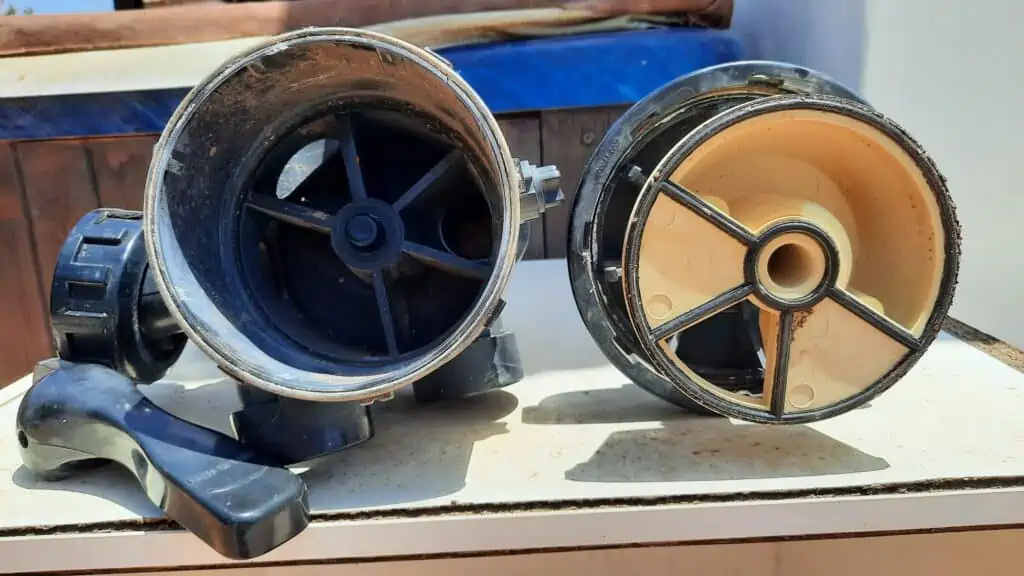
When you push the multiport valve handle down and move it, the light-colored unit on the right of the photo turns, allowing water from the pool pump to pass through the opening into whichever of the sections in the bottom of the valve housing on the left side of the photo that the hole lines up with.
Multiport valve problems
Stiff selector handle
Occasionally, you may find that it becomes more difficult to push the handle down and turn it to select a different setting. This is easy to rectify.
First, you can try squirting some penetrating oil around the base of the handle and then moving the valve to allow the oil to lubricate it.
If this doesn’t work, you can quite easily remove the handle by pushing out the retaining pin on the side of the handle and then removing the handle so that you can properly lubricate the shaft it is attached to.
Water leak from the side of the housing
I have had this problem. The likely cause is that the o-ring mounted inside the valve body top cover allows water to seep. This may be because it is either not aligned correctly, it is broken or it requires lubricating.
To remove the top cover, switch off the pump, then remove the selector handle (see above). The top cover should twist and then be lifted off. There may be a small (often white) plastic retaining lug along the top cover that you need to remove by lifting it. Some top covers have retaining screws that need to be removed.
You will then see the o-ring, which is located along the top of the bottom housing. Inspect the o-ring for damage and look for cracks in the housing.
If it looks okay and fits properly, use some Hayward Jacks Multilube (available on Amazon) or something similar to lubricate the o-ring to improve the seal. Then, replace the o-ring and reassemble the housing and handle.
Multiport valve (MPV) mounting positions
An MPV may be installed in two positions in a pool filtration system. In either position, it operates the same way.
Top mounted MPV

A top-mount multiport valve (MPV) is quite common, particularly on smaller sand filters. The MPV is located directly on top of the sand filter tank housing, requiring less plumbing than a side-mounted MPV.
Side mounted MPV
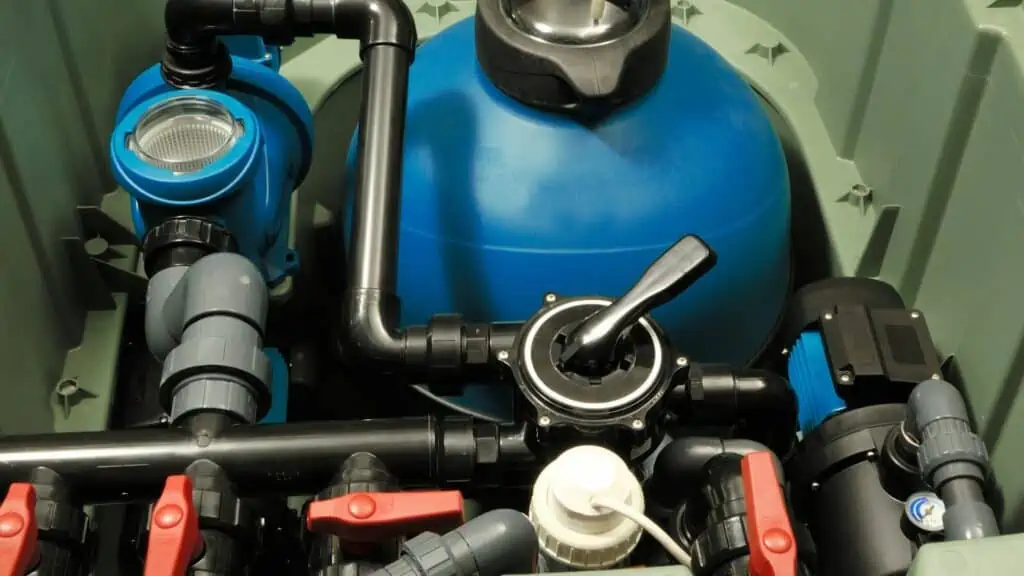
Side-mounted MPVs are often used on larger sand filters and DE filters. Mounting them on top of a larger filter tank housing would make them quite tall, making them harder to place inside a pool equipment housing.
Other types of filters and valves
DE (Diatomaceous Earth) filters
These generally have a multiport valve, the same as you find on a sand filter system. So everything written above also applies to a DE filter system. DE filters are generally not backwashed as frequently as sand filters.
Cartridge filters
Cartridge filters do not use multiport valves as they do not require backwashing or rinsing. To clean the filter, it is removed and cleaned manually or replaced with a new one.
Slide valves
Slide valves are fitted on some sand and DE filter systems instead of a single multiport valve. Opening and closing the valves in a particular combination gives the required settings for backwashing, filtering etc.
Pool filter settings YouTube video
You may wish to watch my video on what do the pool filter valve positions mean below. You can subscribe to my YouTube channel here.
FAQs
Why is my pool filter leaking from the top?
This is likely because the O ring under the lid is not sealing properly, allowing water to leak out and air to get in. If this is the case, then it may not be seated properly, it may need lubricating, or it may need to be replaced. It is a fairly straightforward operation that any pool owner can carry out themselves.
What is the life expectancy of a multiport valve?
Generally, multiport valves last a long time, provided you are not too heavy-handed with the lever. My own pool is over 20 years old and the multiport valve was only replaced last year when it developed a leak from a crack in the housing.
When should multiport valves be replaced?
There is no period for replacing a multiport valve. They only need to be replaced when they develop a crack. Replacing the o-ring inside can often fix other problems.
Is drain the same as waste on pool filter
Yes, drain and waste are the same thing on a pool filter valve and do the same things.
What is the difference between backwash and waste
Although the water is expelled from the pool in both of these settings with backwash, it passes back through the filter before being expelled, but on waste, it is expelled directly.
How long can you run a pool pump on recirculate?
Although there is no limit on the time a pool pump can run on the recirculate setting, running it for long periods will serve no purpose as the water will not be filtered it will just be moved around the pool. Only use this setting for an hour after giving the pool a strong shock.
Filter or recirculate pool when shocking?
If the pool is given a very strong shock, it can be a good idea to use the recirculate setting for perhaps an hour to mix the shock without the water passing through the filter. When just giving the pool a normal shock, you can leave the pool on the filter.
When shocking a pool should the pump be on filter or recirculate?
If the pool is clean, running the sand filter on recirculate would be no harm, although in most instances, just leaving it on filter will do no harm and may help kill any bacteria, etc. lodged in the sand.
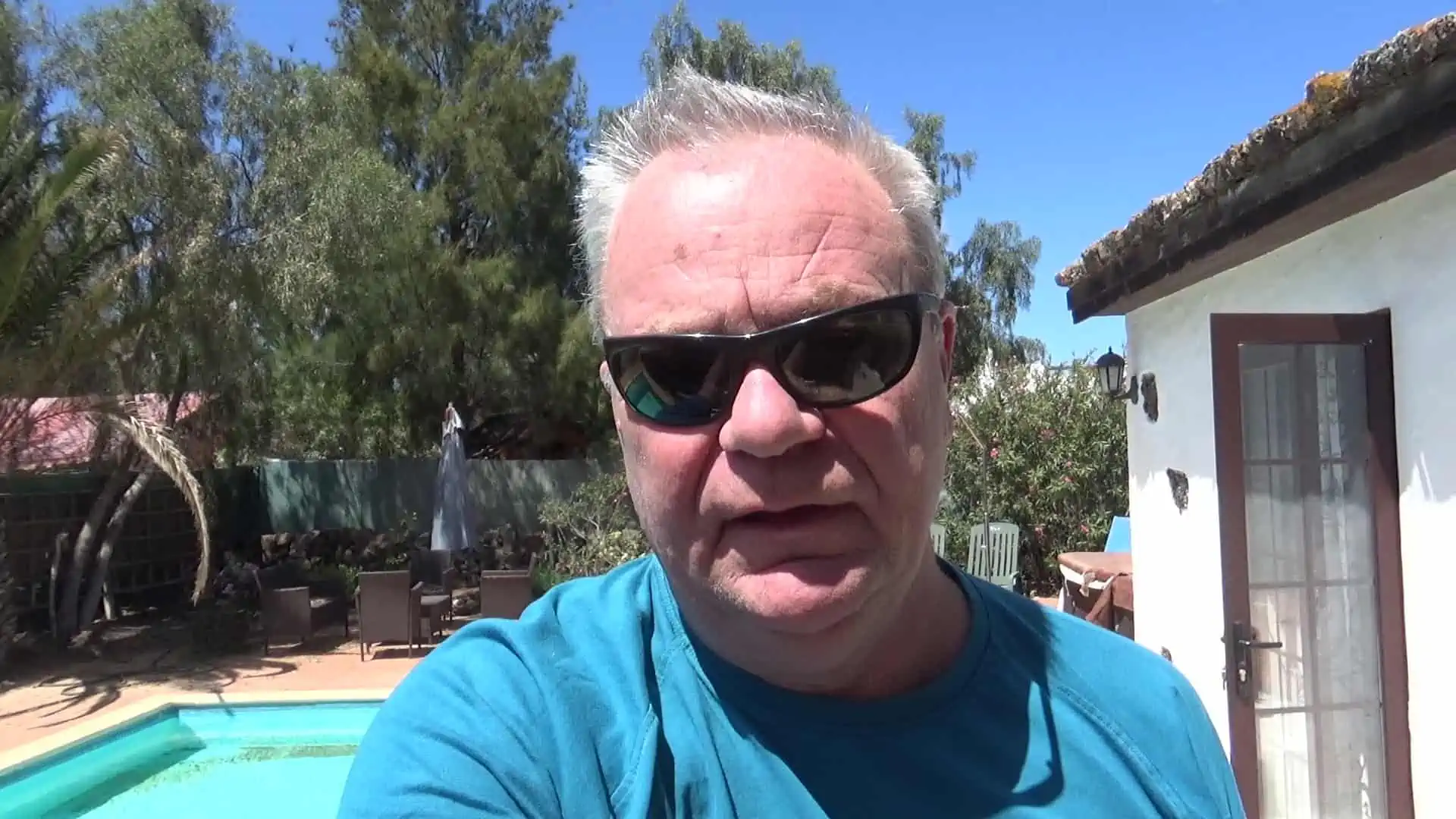
I have had hot tubs for over 20 years and a pool for the last 11 years. I had to learn how to clean, maintain and fix them the hard way. Since then I have helped many friends and neighbors with their pools and now I want to share everything I have learned with you. About Me




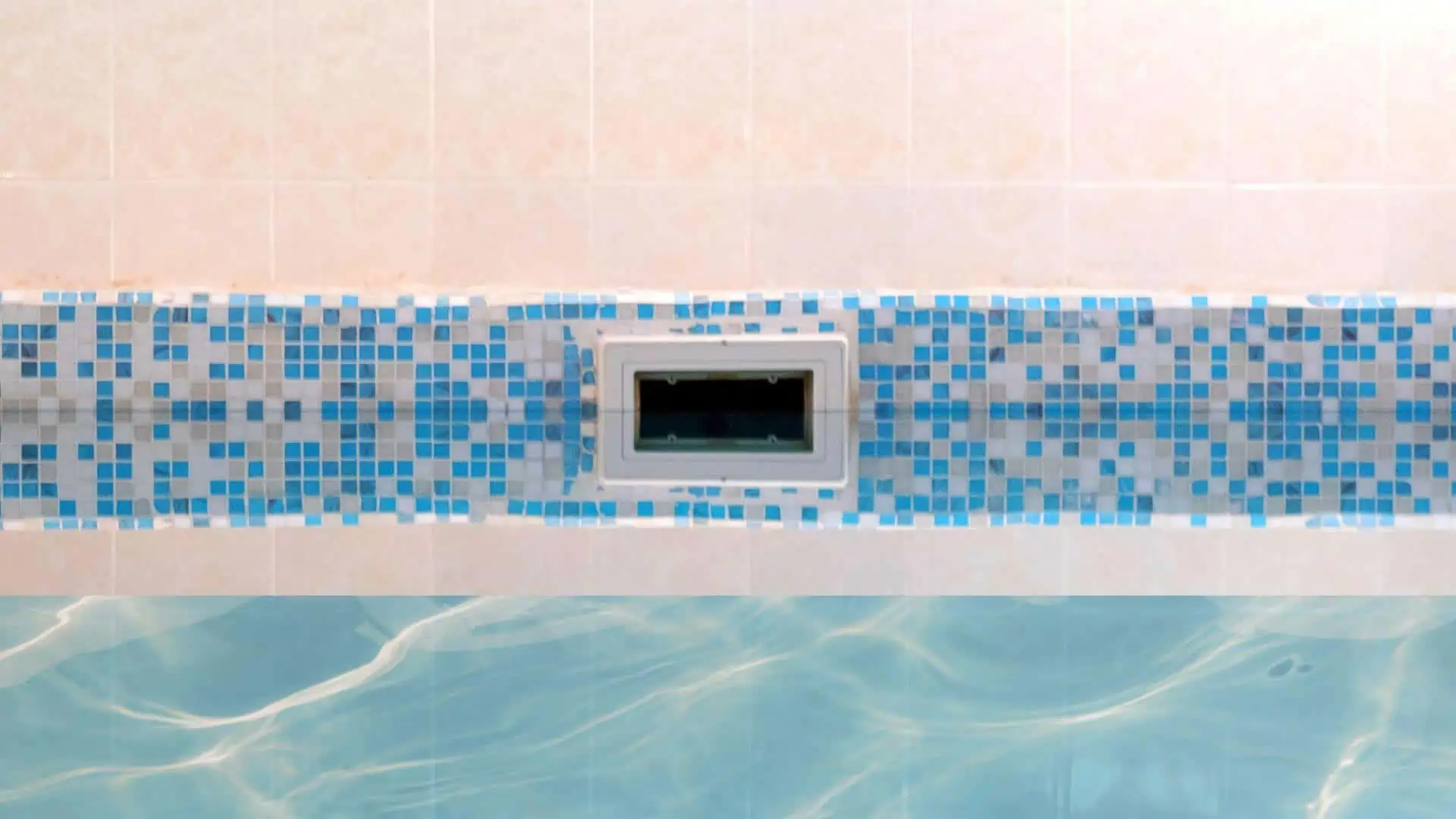
Leave a Reply
You must be logged in to post a comment.